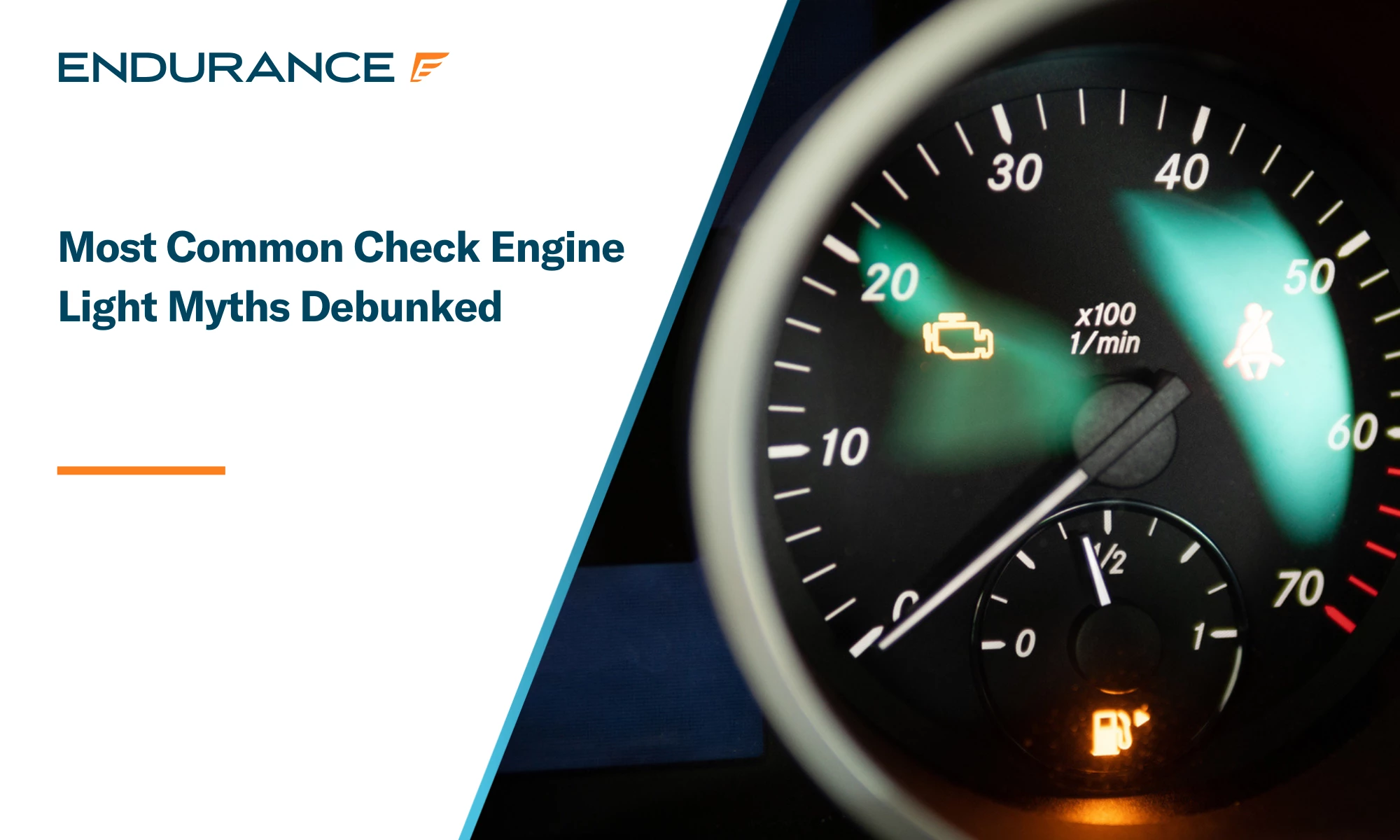
Debunking 4 Common Check Engine Light Myths Every Driver Should Know
The check engine light (CEL) is a crucial warning indicator in your vehicle that shouldn't be ignored. Here are the four most common myths about check engine lights, along with the facts you need to know.

Car dashboard with check engine light
Myth 1: Check Engine Light Always Signals a Major Problem
- The CEL can illuminate for minor issues like:
- Loose gas cap
- Need for oil change
- Faulty oxygen sensors
- Failing spark plugs
- Sensor malfunctions
- Transmission fluid levels
- Battery problems
- Software glitches
To assess the severity:
- Listen for unusual sounds
- Monitor vehicle performance
- Use an OBD-II scanner for specific error codes
Myth 2: Disconnecting the Battery Will Fix It
- While this temporarily resets the light, it:
- Doesn't solve the underlying issue
- Erases important diagnostic data
- May cause the light to return once the problem is re-detected
Myth 3: You Can Ignore It If the Car Drives Fine Ignoring the CEL can lead to:
- Reduced fuel efficiency
- Decreased engine performance
- Higher emissions
- Potential catastrophic engine failure
- Increased repair costs
Myth 4: Only Mechanics Can Read the Code
- OBD-II scanners are readily available for home use
- You can diagnose issues before visiting a mechanic
- Understanding the code helps make informed decisions
Protecting Your Vehicle:
- Respond promptly to warning lights
- Perform regular maintenance
- Consider an extended warranty for coverage
- Keep up with recommended service intervals

Auto mechanic in black shirt

Danica Patrick with vehicle breakdown tools

Woman organizing winter items in garage

Mechanic inspecting fuel system components
Related Articles

New Audi A7 and RS7 spotted: A6 replacement coming in 2025

